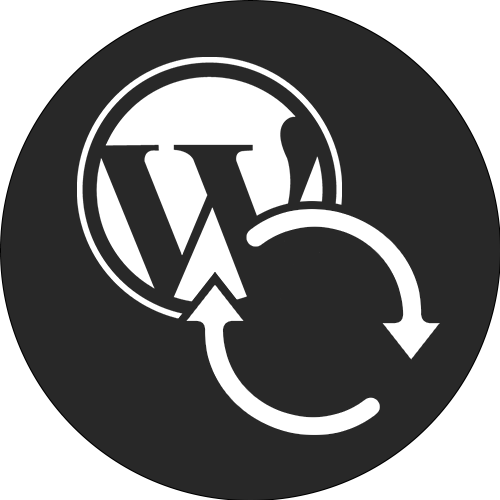WordPress is a popular content management system used by millions of websites around the world. One of the advantages of WordPress is the ability to add functionality through plugins. However, sometimes it may be necessary to remove a plugin. Removing a WordPress plugin may seem simple, but it is important to do it the right way to avoid any problems. In this article, we will discuss the proper steps to remove a WordPress plugin and provide a guide with optimal methods for doing so. Read on to discover how to properly remove a WordPress plugin and what SEO keywords you can use to optimize this process.
1. "The proper steps for uninstalling a WordPress plugin" 2.
Removing a WordPress plugin requires a few simple steps to ensure that it is done correctly. First, you need to log into your WordPress dashboard and go to the Plugins section. Here you will see a list of all the plugins installed on your website. Find the plugin you want to remove and click the 'Deactivate' button. After the plugin is deactivated, an option to delete the plugin will appear. Click on it and confirm the removal. It is important to note that deleting a plugin permanently removes all associated files and data from your website. Therefore, it is always wise to back up your website before deleting a plugin.
2. "A guide to properly uninstalling WordPress plugins"
A guide to properly uninstalling WordPress plugins
Removing a WordPress plugin can sometimes be a challenging task, especially if you are not familiar with the proper steps. Fortunately, there is a simple guide to help you properly uninstall WordPress plugins. To get started, go to your WordPress website dashboard and navigate to the Plugins menu. Find the plugin you want to remove and click 'Deactivate'. This will ensure that the plugin is no longer active on your website. You can then click on the 'Delete' option to permanently remove the plugin. However, it is important to note that deleting a plugin may also delete all of its associated data. If you plan to use the plugin again in the future, it is advisable to back up the plugin settings and data before deleting it. This can be done by saving the plugin files locally. By following these simple steps, you can ensure that your WordPress website remains free of unwanted plugins and that you follow proper procedures when removing them.
"Optimal methods to uninstall a WordPress plugin" 3.
There are several optimal methods for properly uninstalling a WordPress plugin. First, it is important to always back up your website before deleting a plugin. This way, you can easily fix any problems by restoring the backup. Next, you can deactivate the plugin before deleting it. Go to the "Plugins" menu in your WordPress dashboard, find the plugin you want to remove and click "Deactivate." This will ensure that all functionality of the plugin is disabled before you permanently delete it. After you deactivate the plugin, you can remove it by clicking "Uninstall." It is also recommended to delete the plugin settings and any data generated by the plugin. This can be done by going to the "Settings" menu and finding the options related to the plugin. By following these steps, you can properly uninstall a WordPress plugin and ensure that there are no remaining files or settings left behind that could affect the performance of your website.












